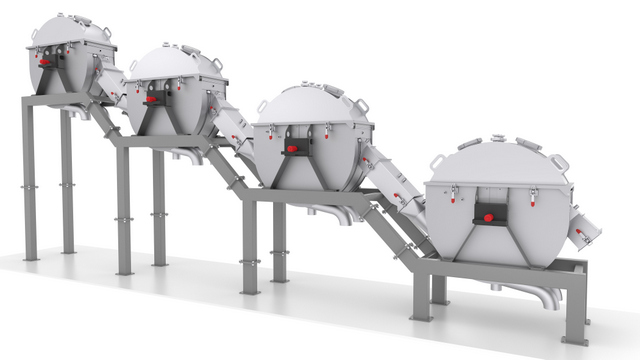 We talked with ZIEMANN HOLVRIEKA last week — specifically beer brainiac Ralph Schneller-Reindell; he was recently promoted to head the USA, Canadian and Latin American sales regions in his capacity as vice president of sales at the company’s new San Diego office. Schneller-Reindell teased that the company was releasing something big at BrauBeviale, which is a trade fair in Germany dedicated to the whole process chain of beverage production — raw materials, technologies, logistics, marketing and beyond.
We talked with ZIEMANN HOLVRIEKA last week — specifically beer brainiac Ralph Schneller-Reindell; he was recently promoted to head the USA, Canadian and Latin American sales regions in his capacity as vice president of sales at the company’s new San Diego office. Schneller-Reindell teased that the company was releasing something big at BrauBeviale, which is a trade fair in Germany dedicated to the whole process chain of beverage production — raw materials, technologies, logistics, marketing and beyond.
ZIEMANN HOLVRIEKA has been promoting this sweet serpent-themed product on our site, and we didn’t even know what it would be — until now — and the company is saying this newest product (called Nessie) will revolutionize the conventional brewhouse process. This novel mash filtration strategy sustainably changes the lautering process due to shorter process times, increased raw material yields and reduced production costs.
How does it work?
Firstly, the brewer achieves high extract yields as well as high contents of yeast vital substances that causes a more advantageous fermentation. Further, the filterability is improving significantly. On the other hand, there will be a better foam stability and an improved sensory perception.
The advanced mash filtration process combines the process and steps for separation of spent grains and wort, extraction in the counterflow procedure and the dynamic washing of solids and their separation — by means of four rotary disk filters, connected in a series. Due to the rotation of the sieve surfaces, the mash is actively transported through the system. The principle of the cross-flow filtration prevents a blocking of the sieve pores. In addition, the cascade arrangement of the rotary disk filters supports the active transport.
The filter units are installed on a frame, resulting in a compact system design. The combination of a low vessel volume and a short retention time of the mash significantly reduces the oxygen uptake of the lautered wort. The residual mash particles, which cannot pass the sieve surface, are conveyed to the next filter unit by means of the rotational movement and the gravity. The sparging of the spent grains is carried out in the transition between the filter units. An integrated baffle plate creates turbulences, causing a homogeneous mixing of the residual mash and the sparging water.
The repeated solid-liquid separation results in an optimal extraction of the malt ingredients. At the end of the process chain, the spent grains, as the residual material, is continuously removed. A spent grains buffer is not necessary.
The interaction of design and technological advantages creates new framework conditions for the wort production. The innovative mash filtration process will benefit the brewing industry in many respects. With Nessie, three process steps are combined in one system. So, the lautering time corresponds to the mash transfer time. Furthermore, the new system offers numerous adaptation possibilities and various starch sources can be processed. The system also works independently of the batch volumes. Additionally, Nessie convinces with its compact design and a low weight, which is key for craft brewers. Another benefit is the easy cleaning, which also causes savings of cleaning agents.
Check out more detail right over here. Then read last week’s feature with ZIEMANN HOLVRIEKA right here.

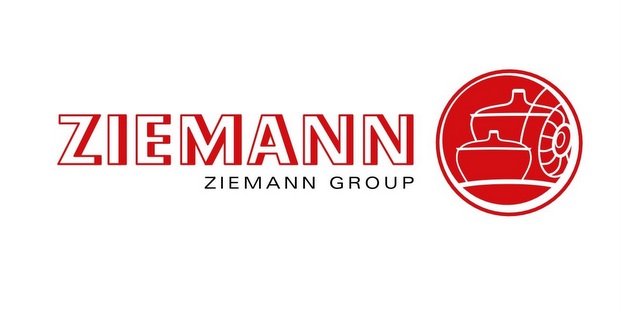
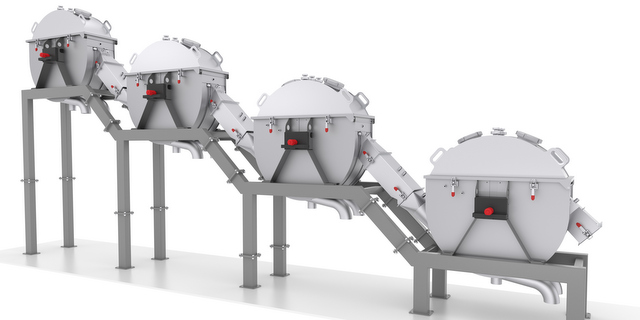
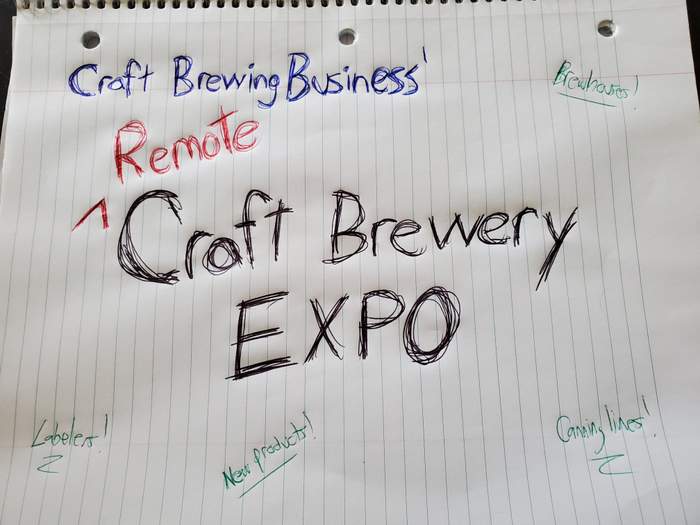
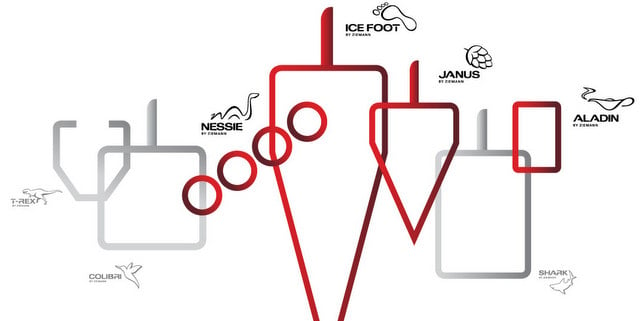
Meet Nessie: The new mash filtration process from ZIEMANN HOLVRIEKA https://t.co/yvoEmPfSY6 #beer #craftbeer